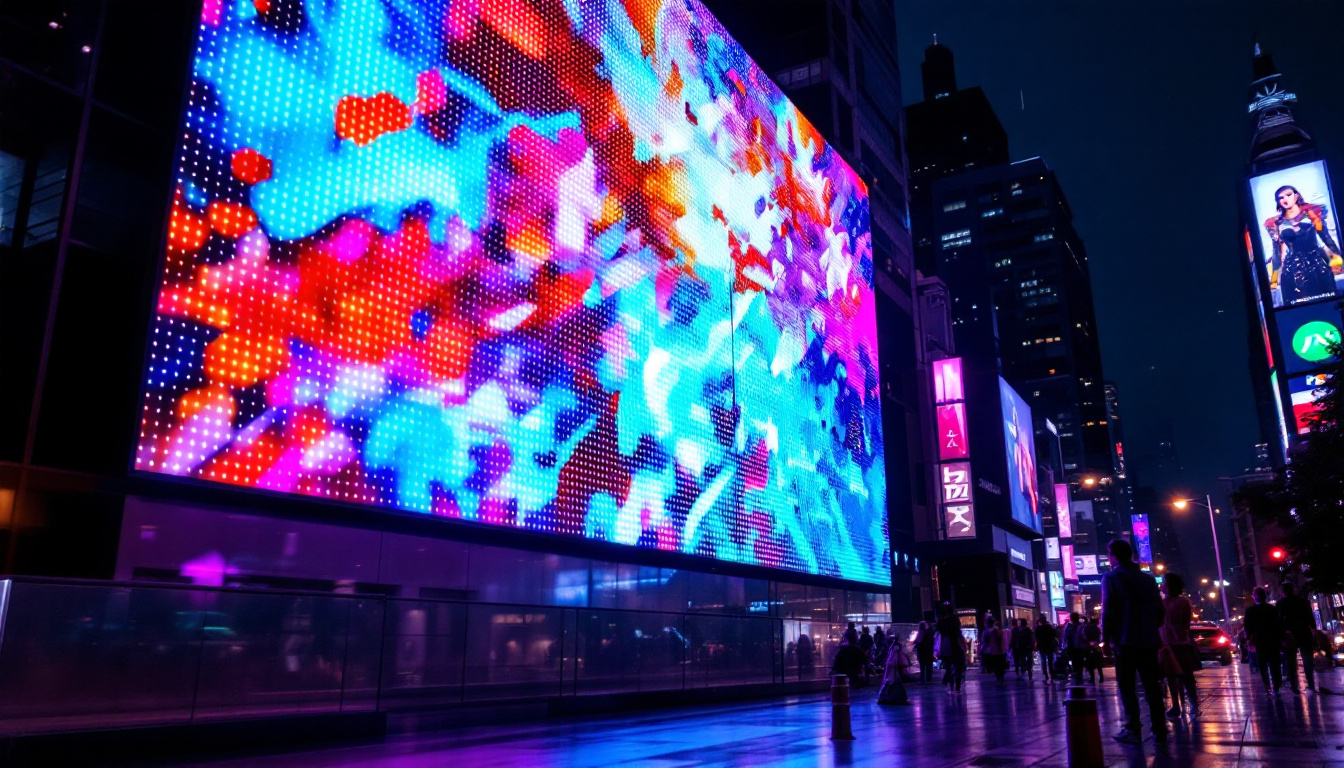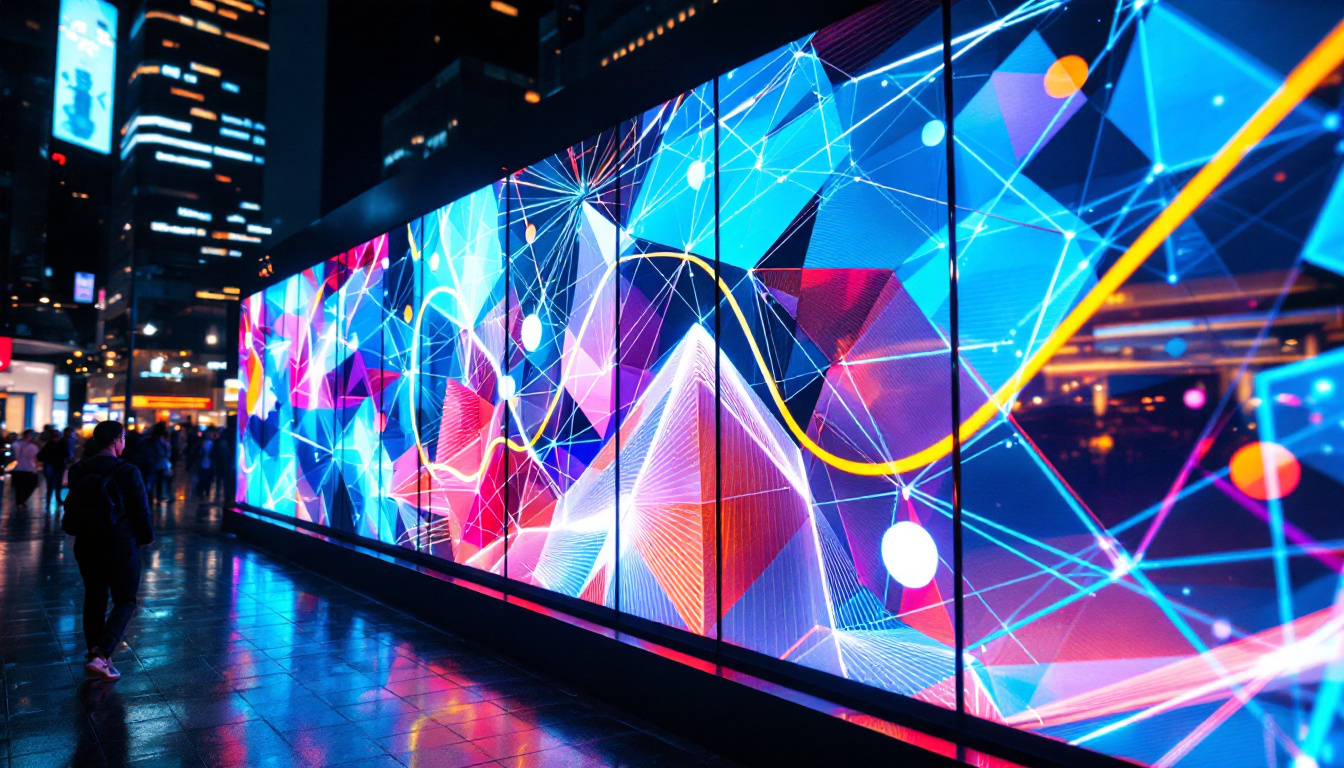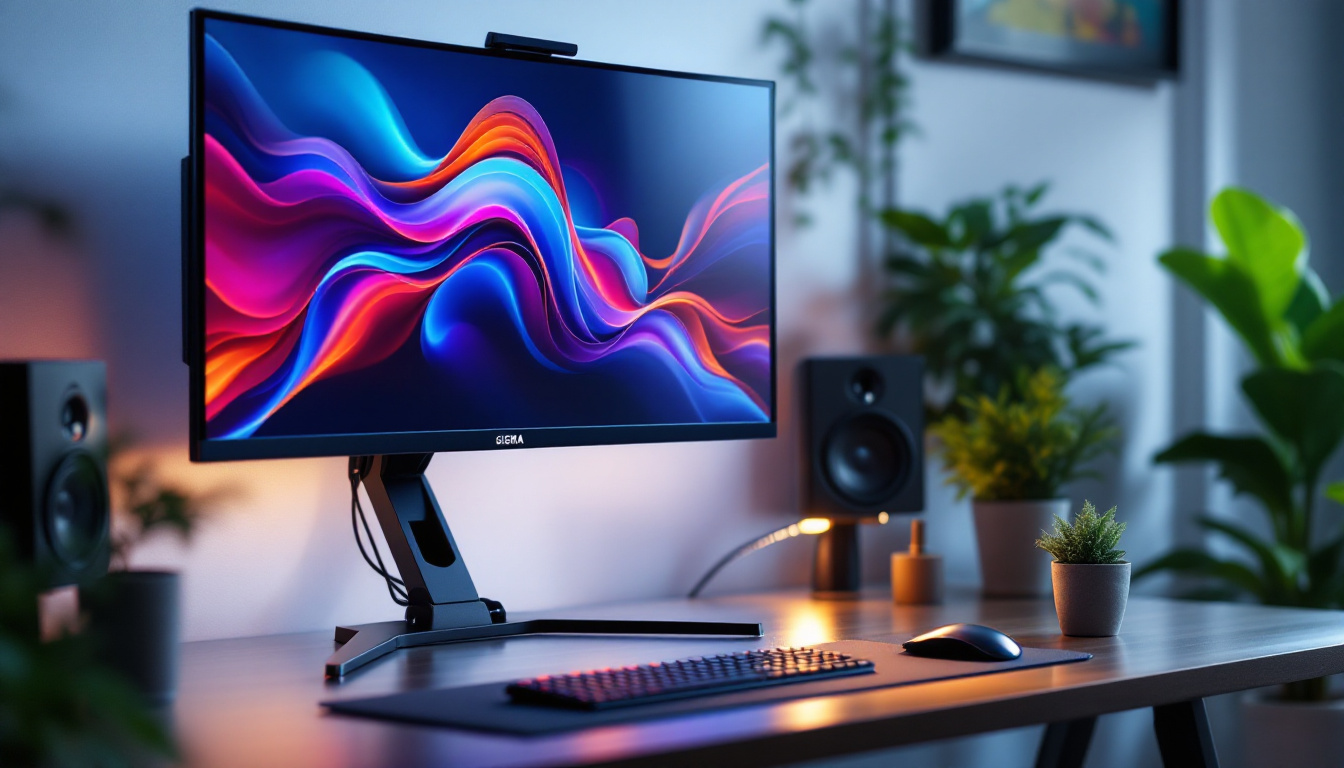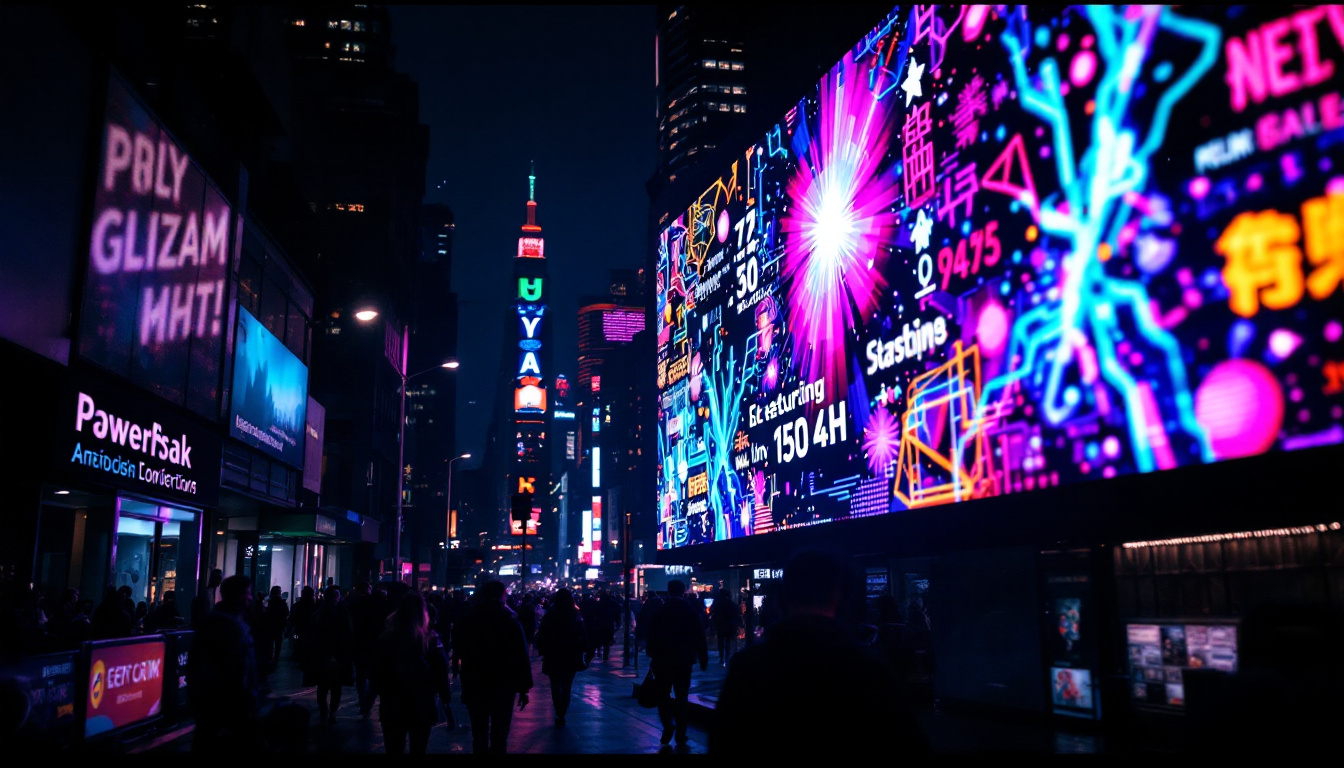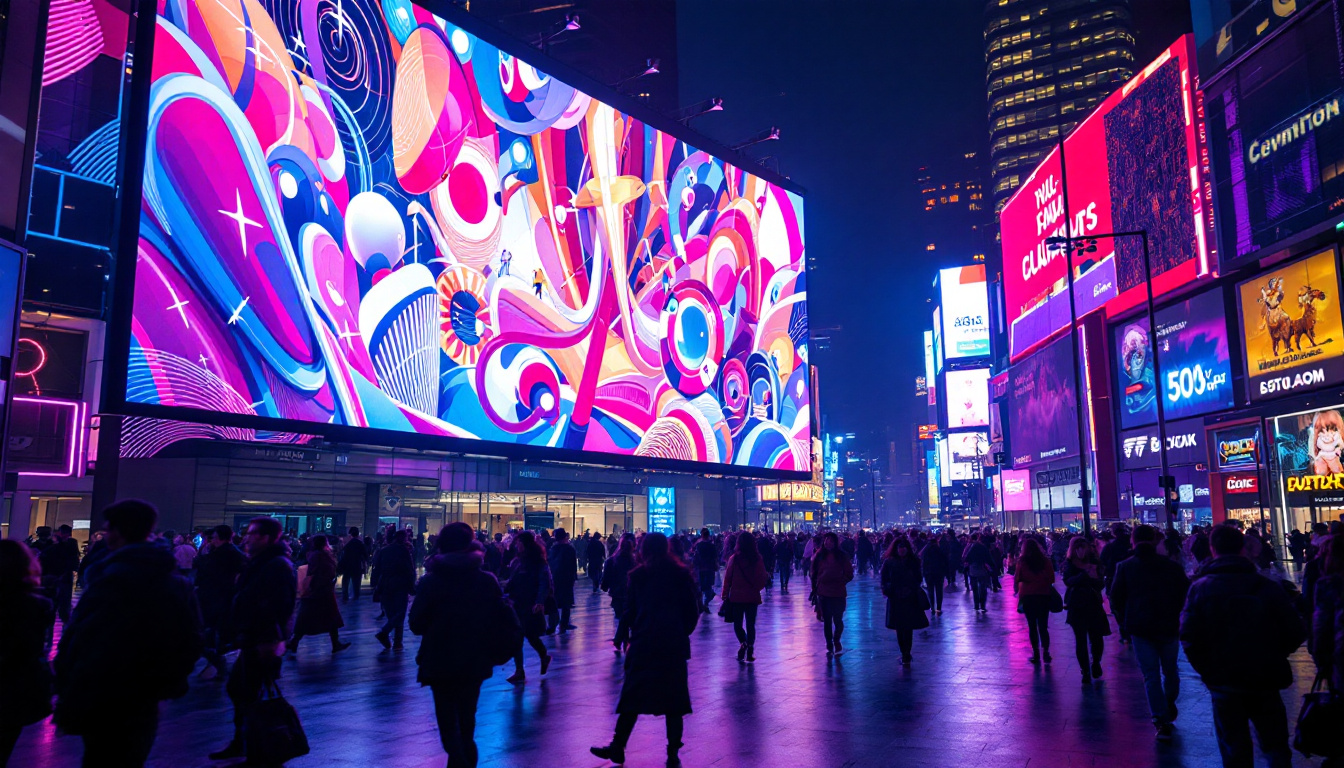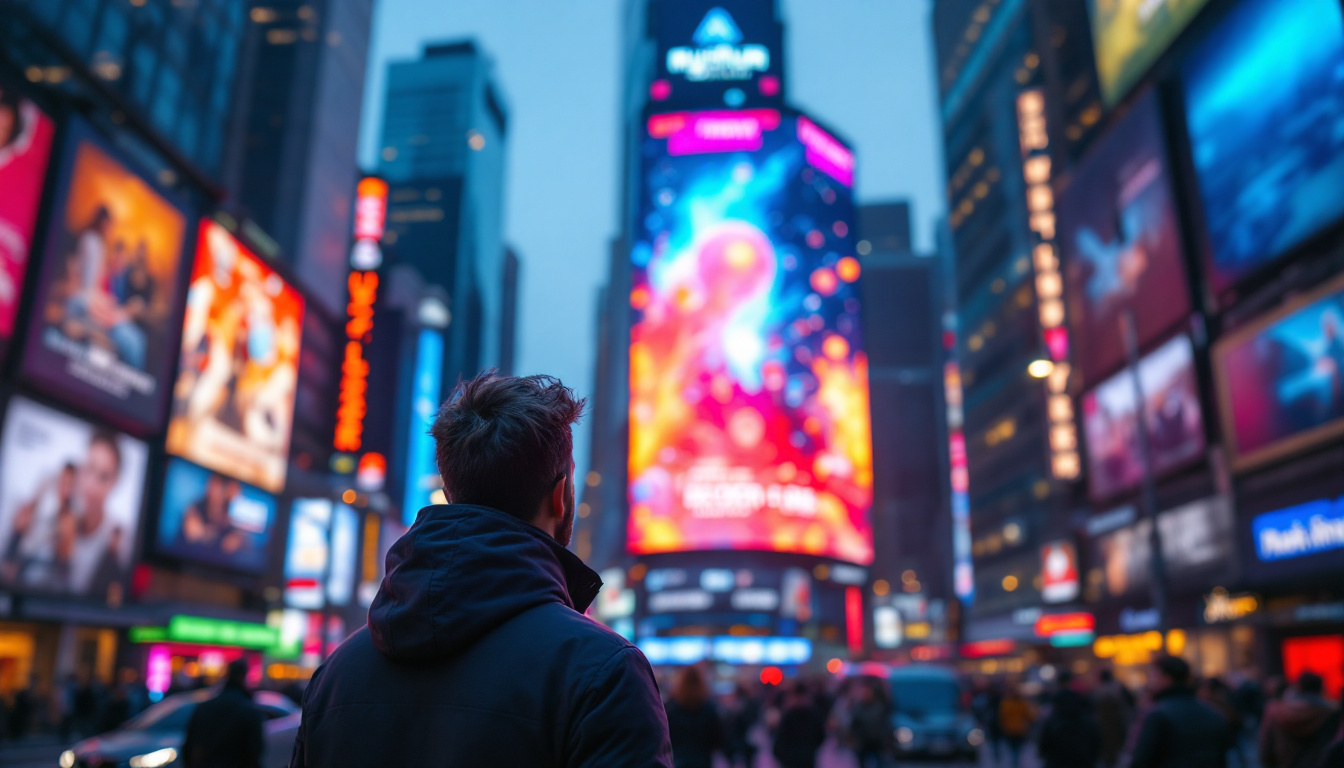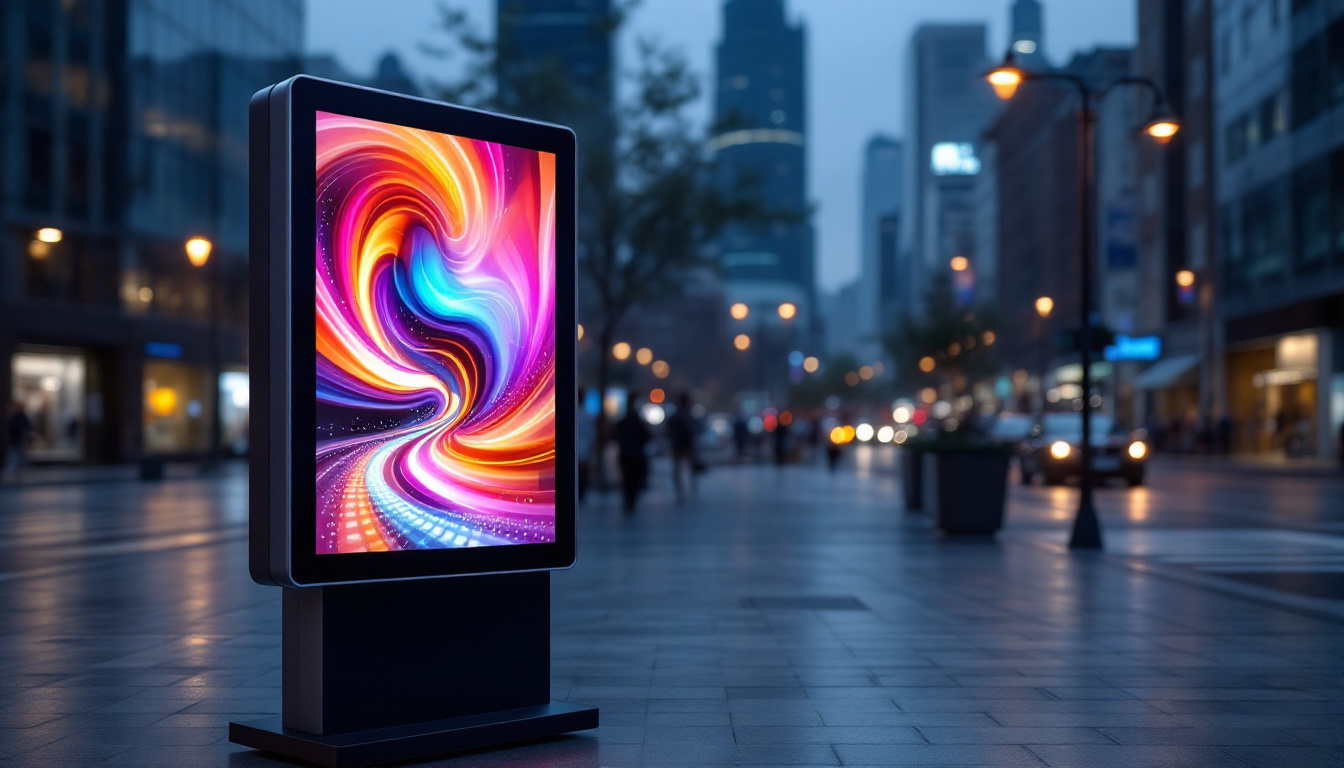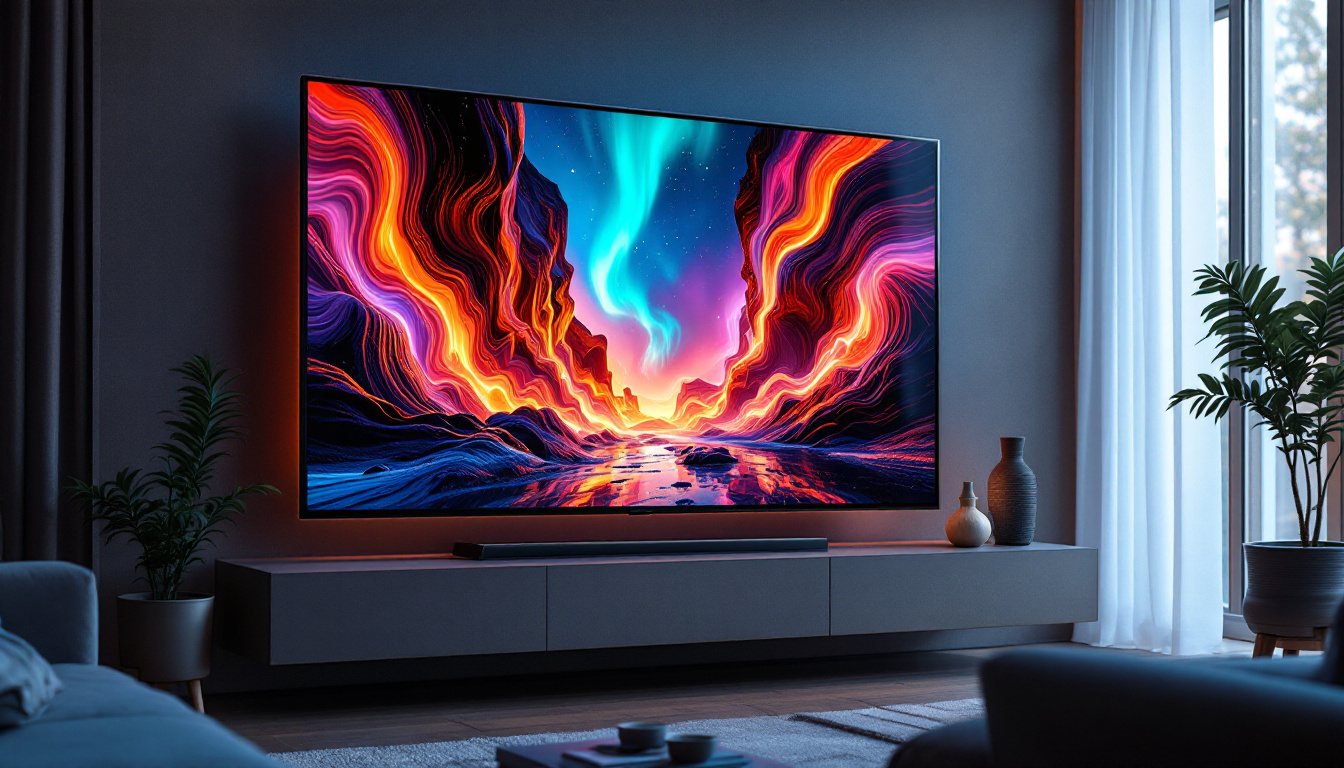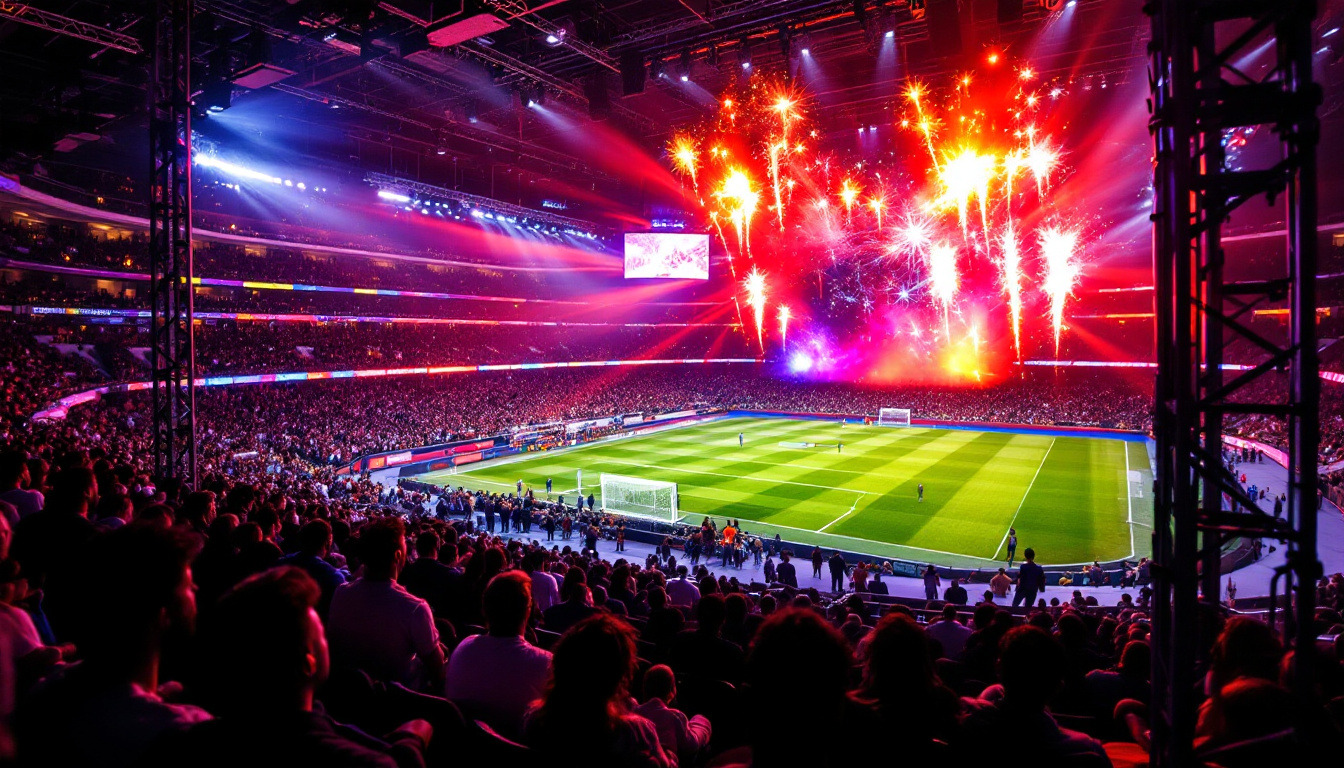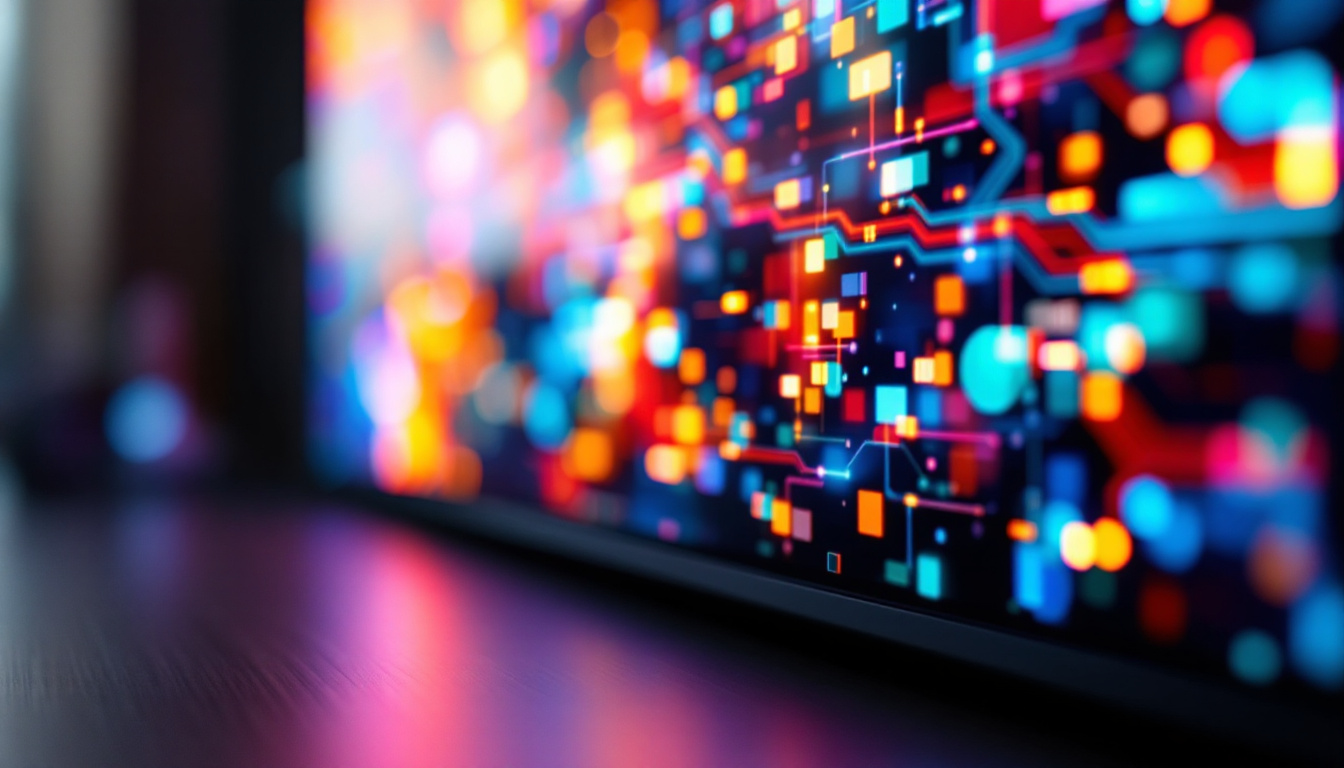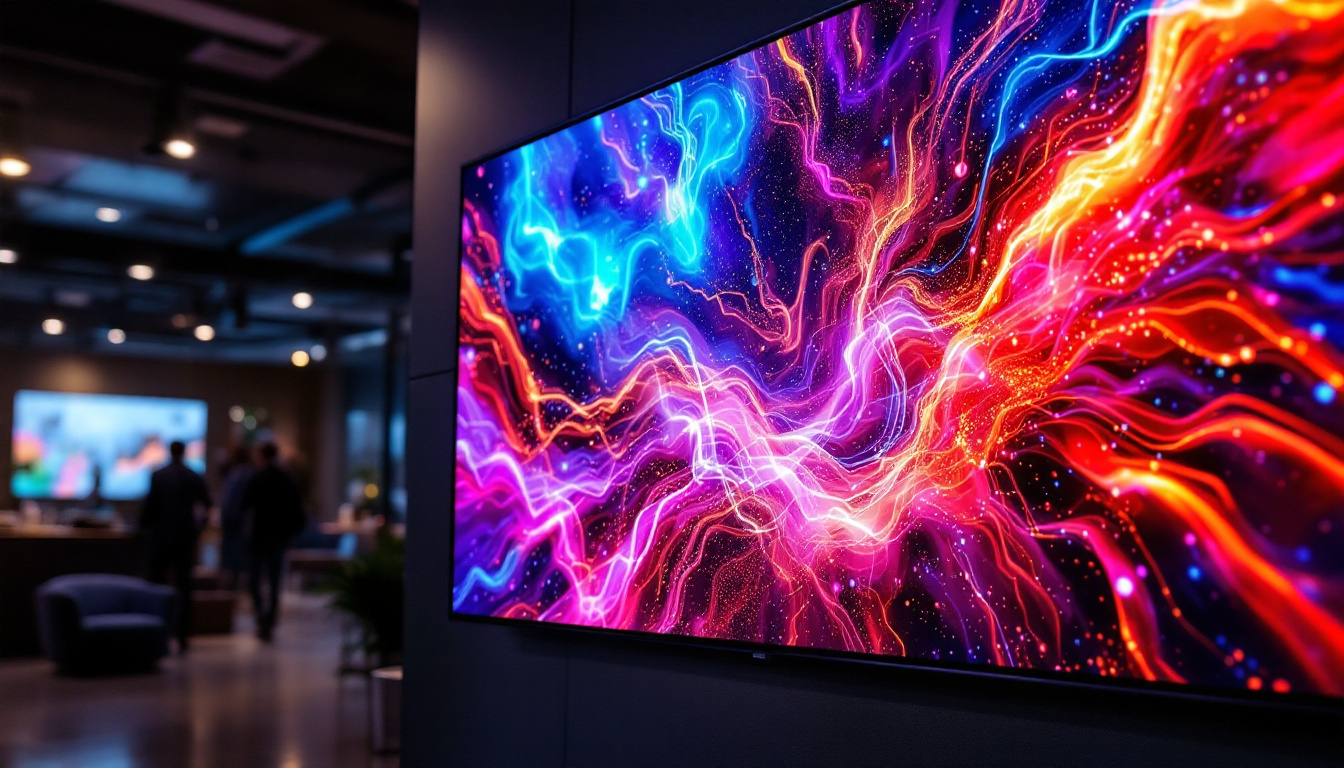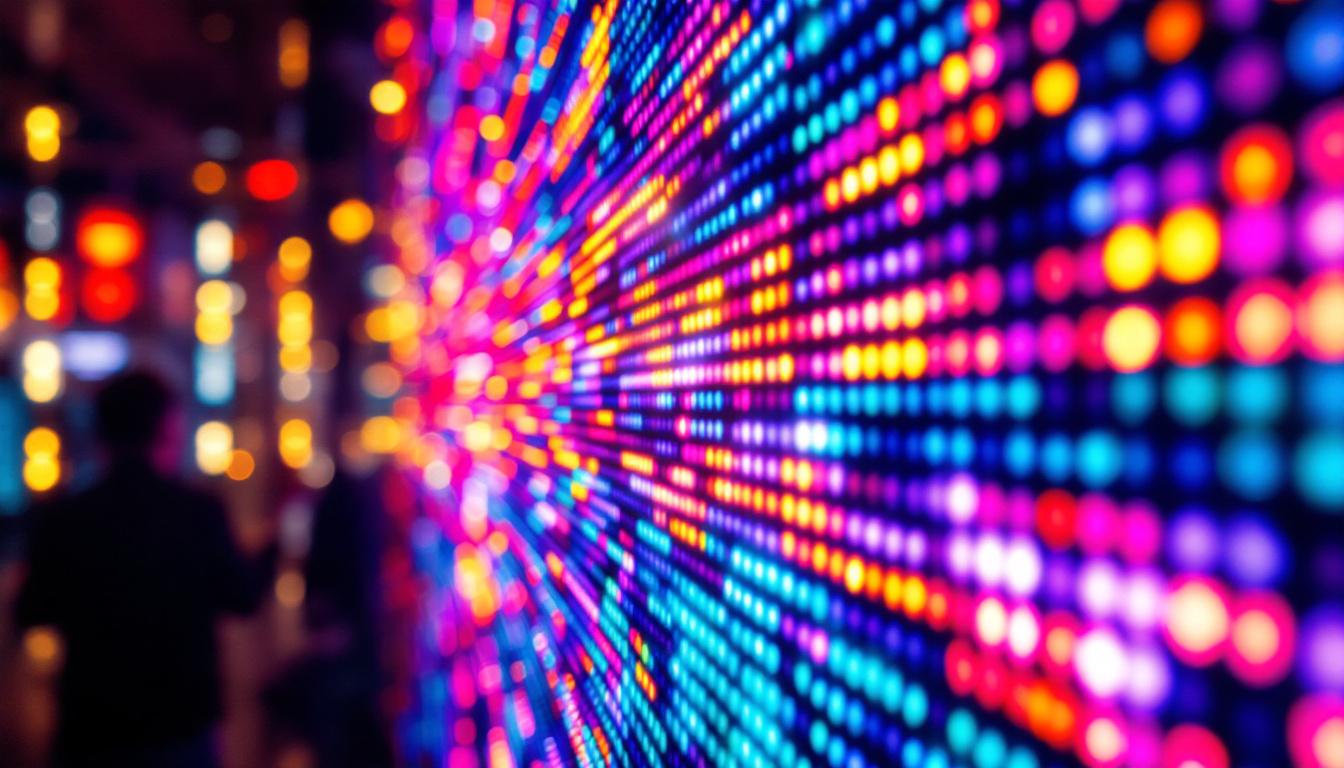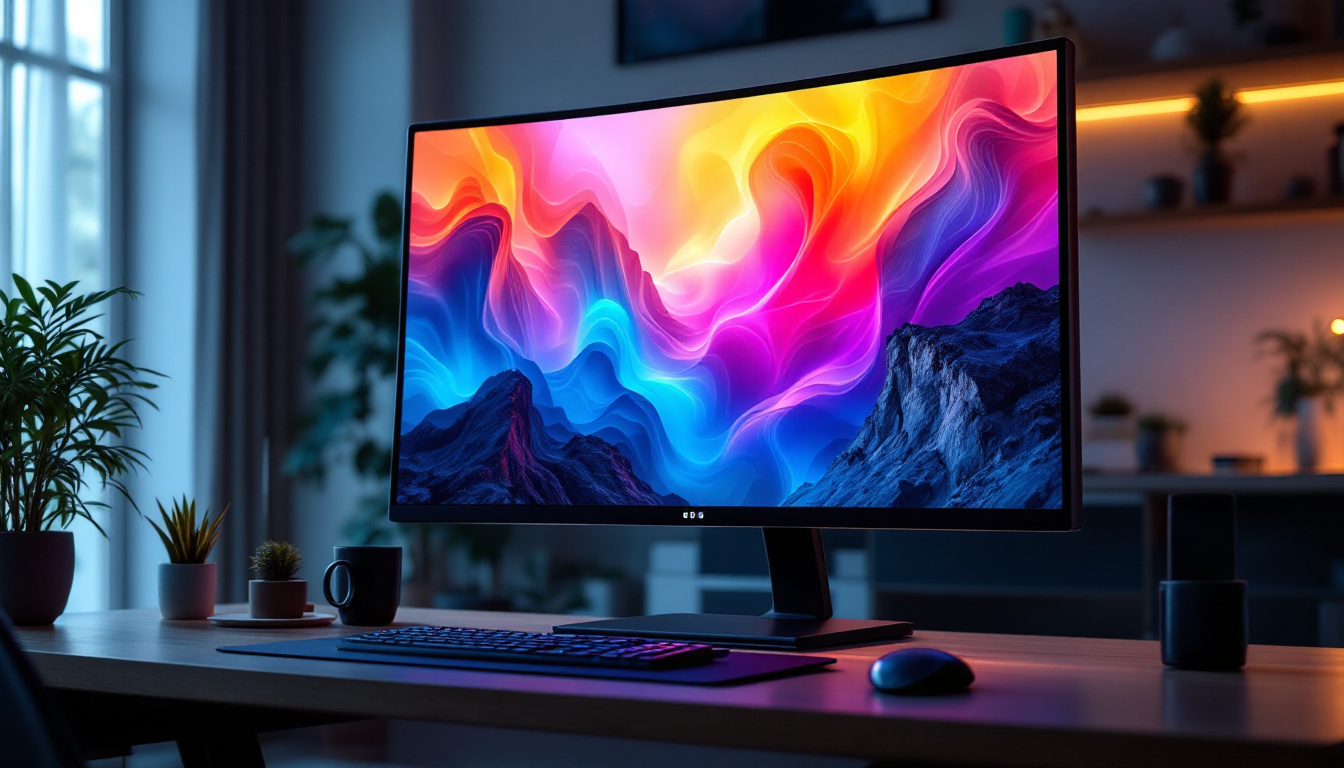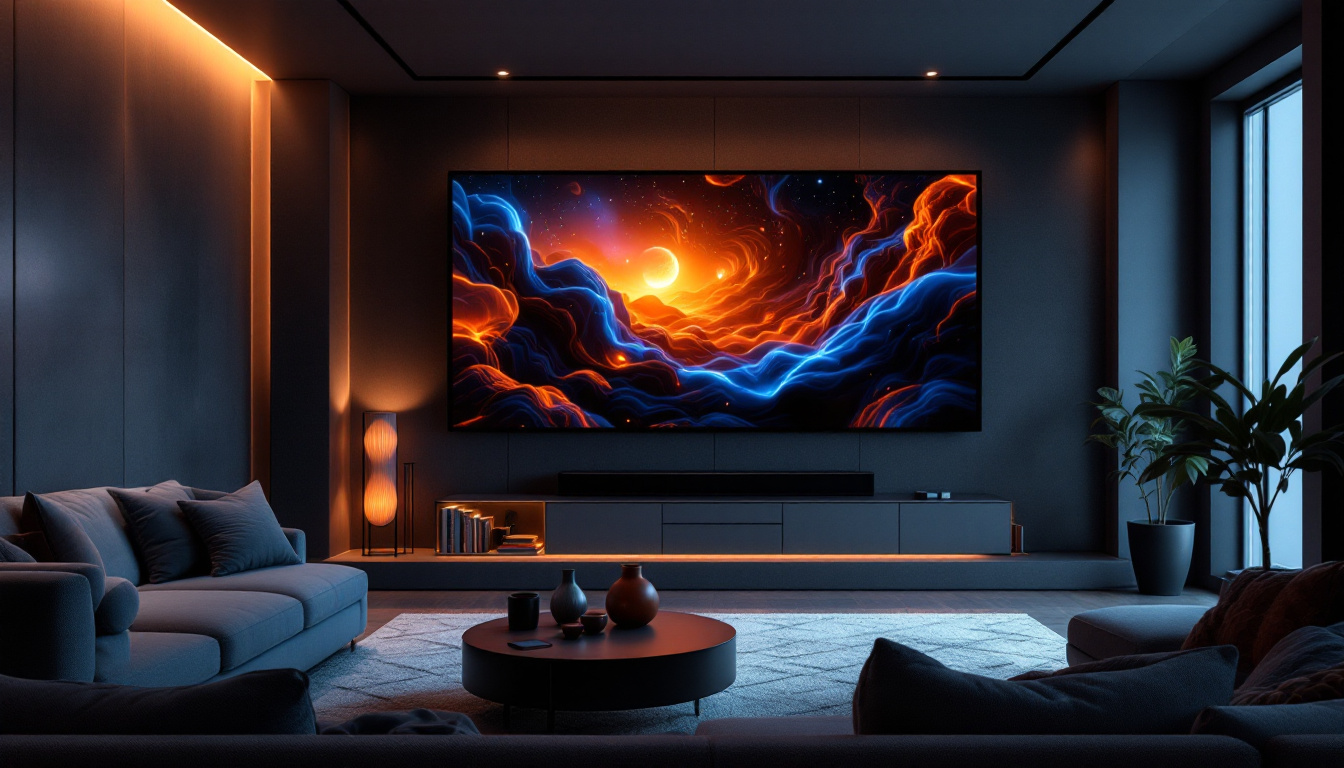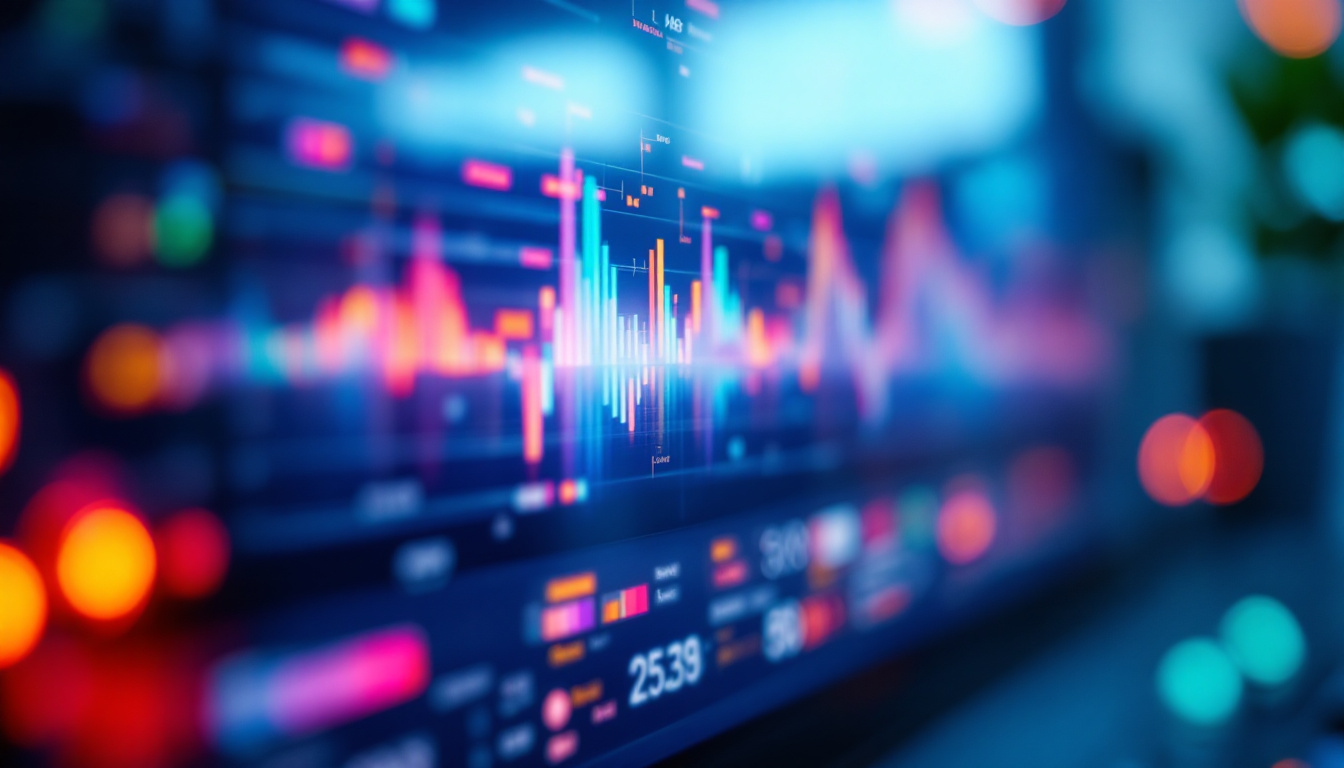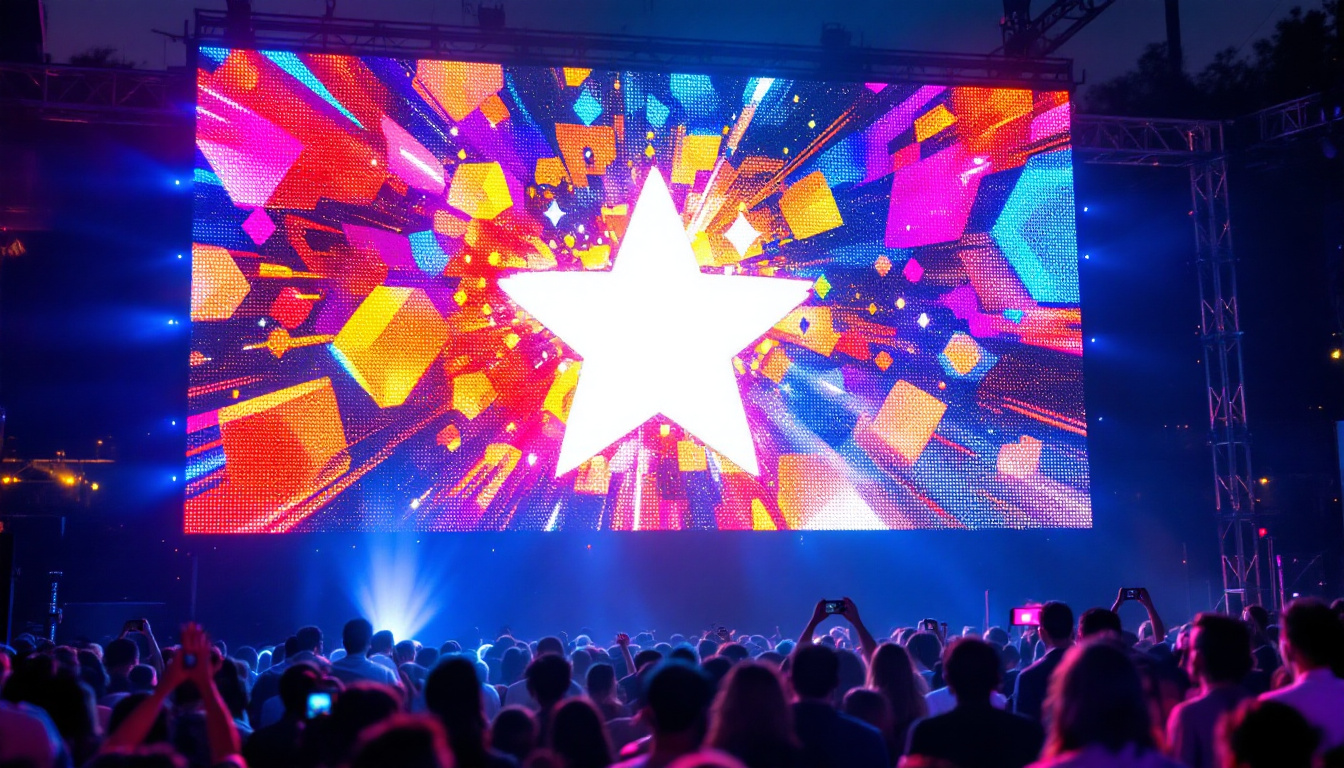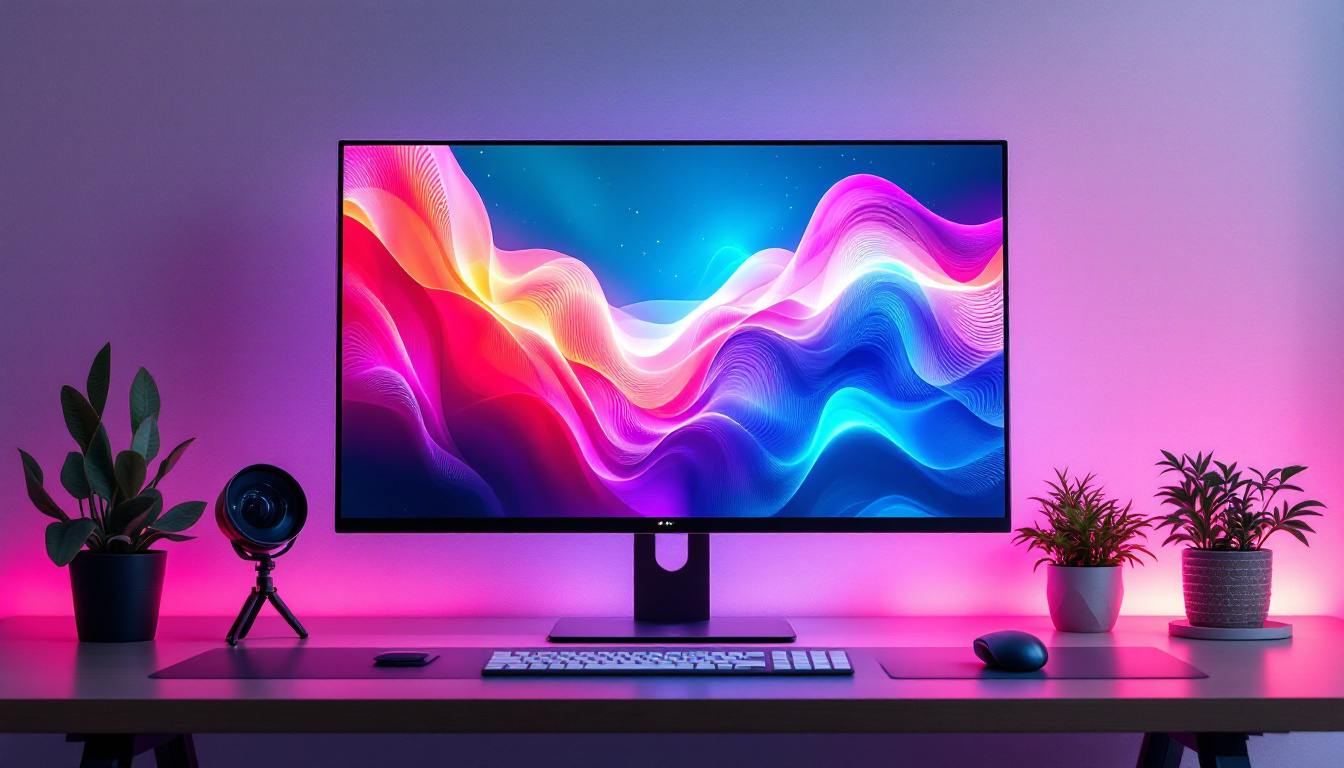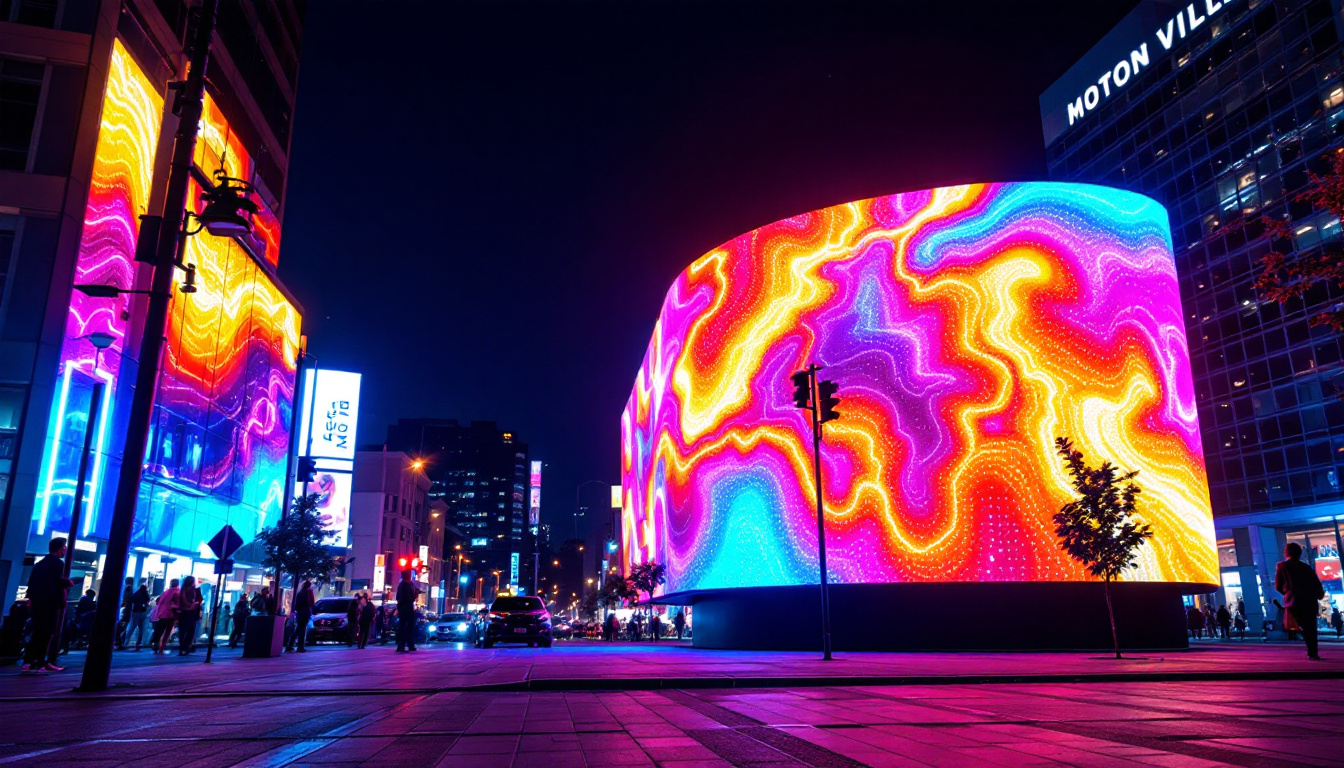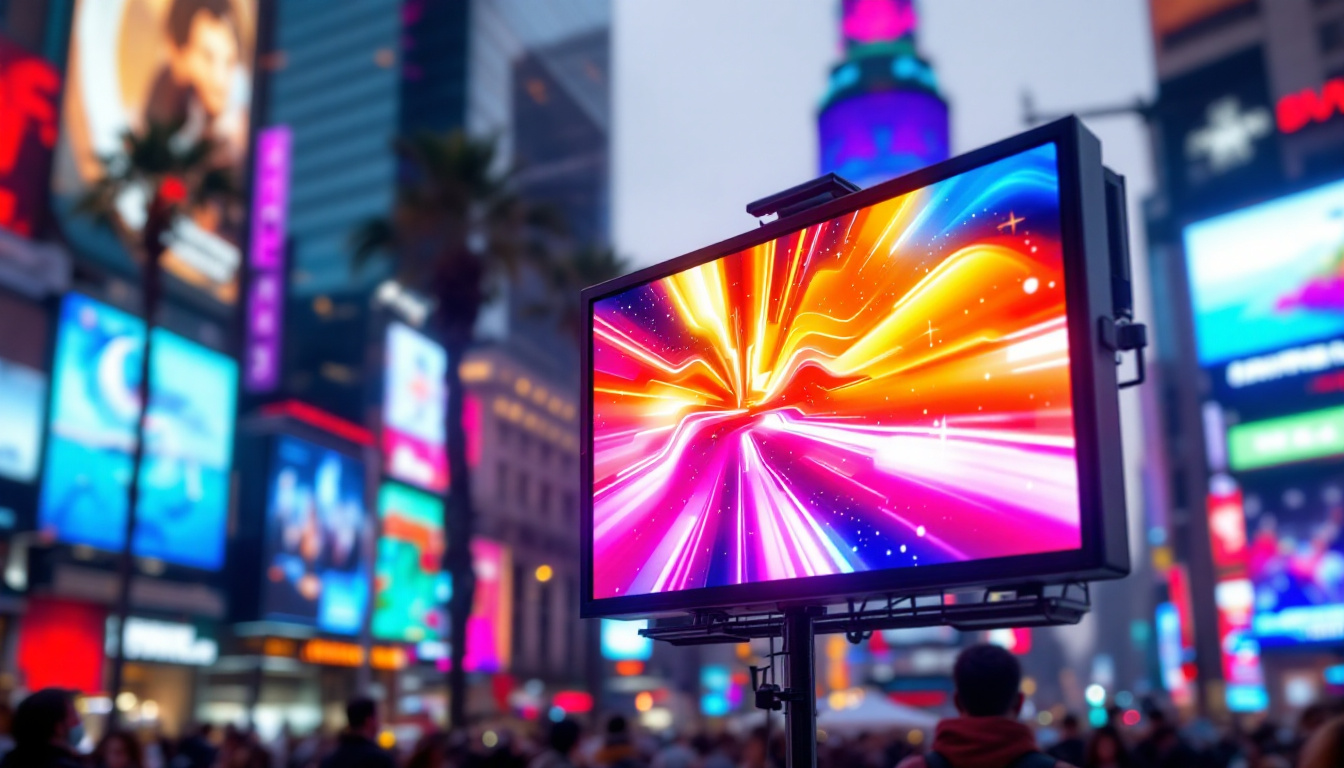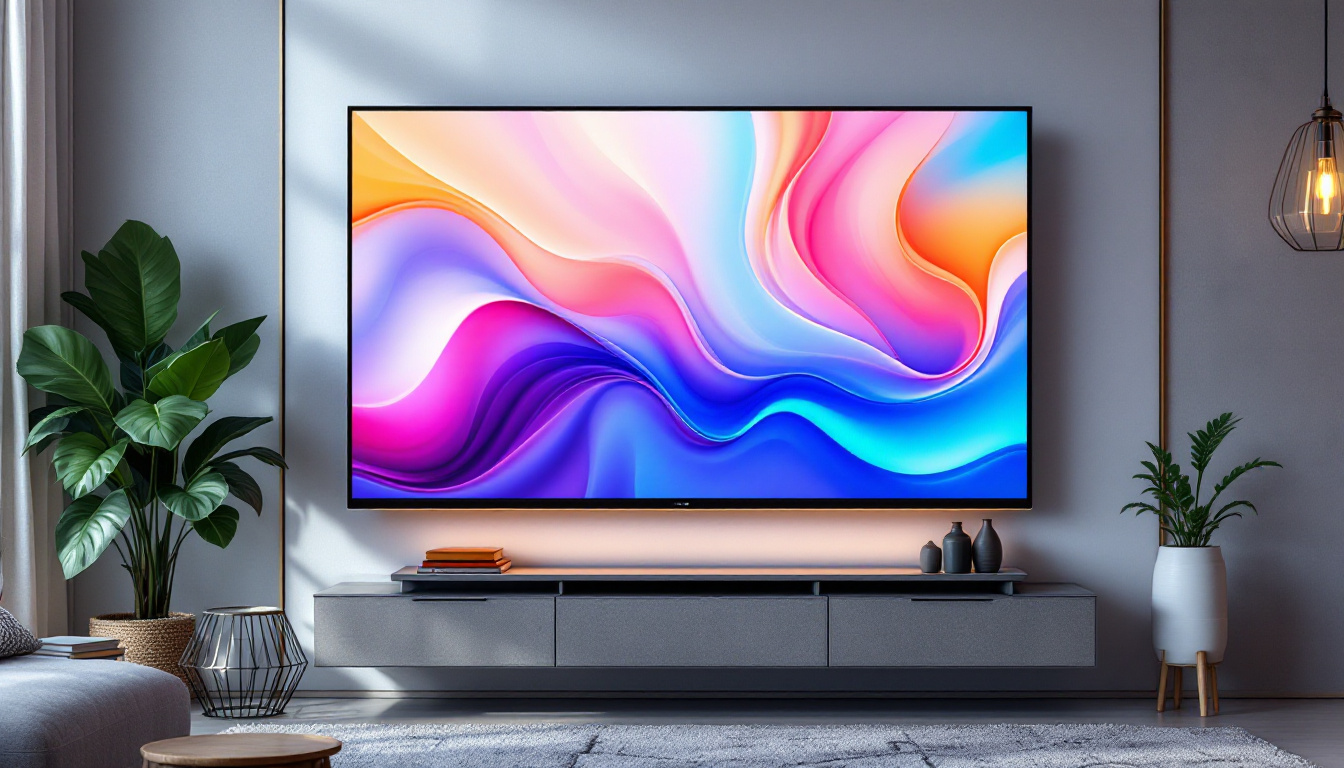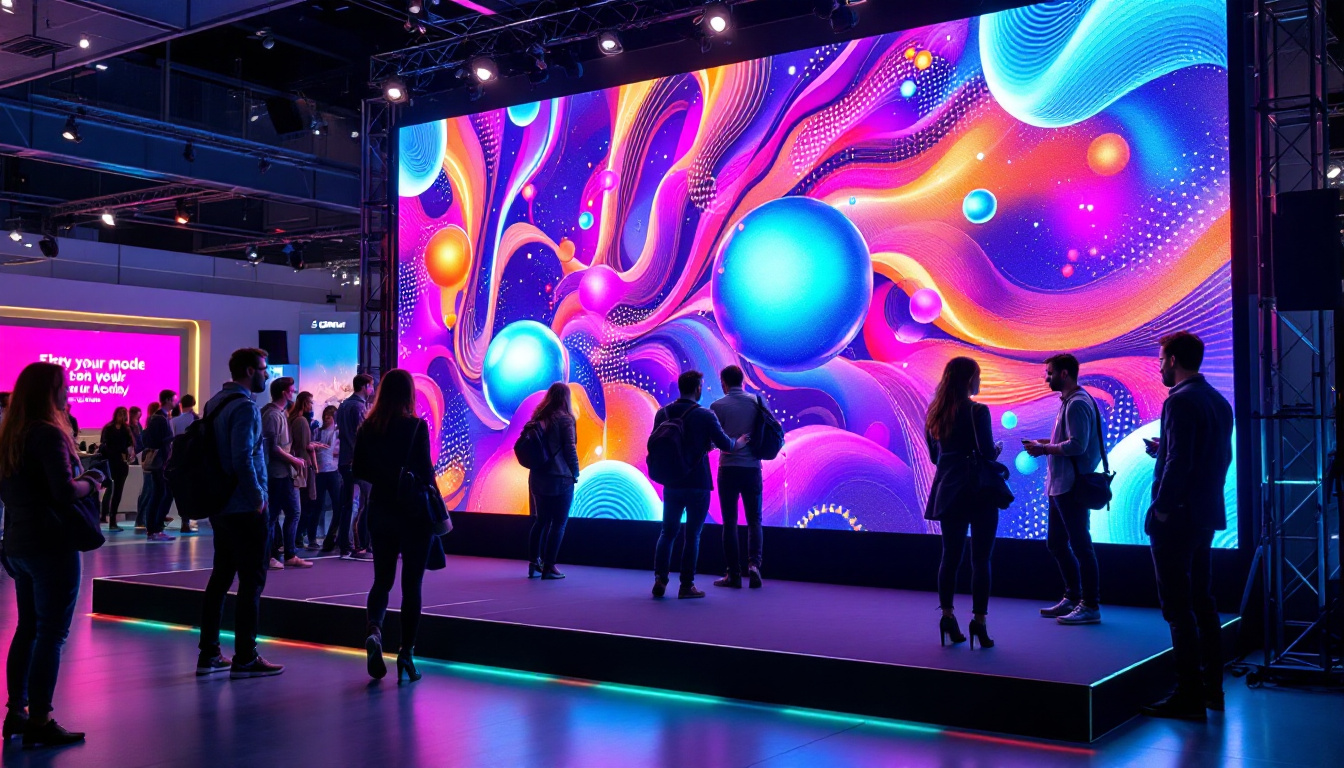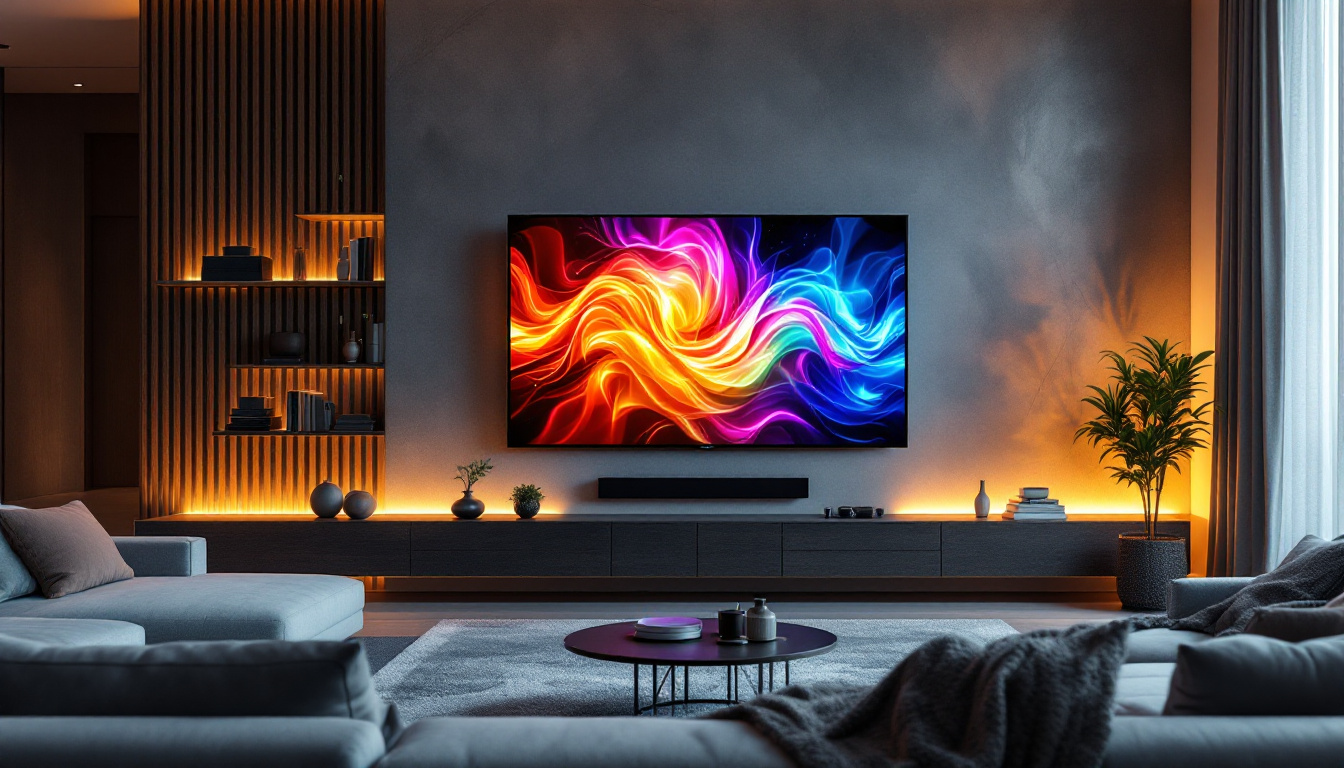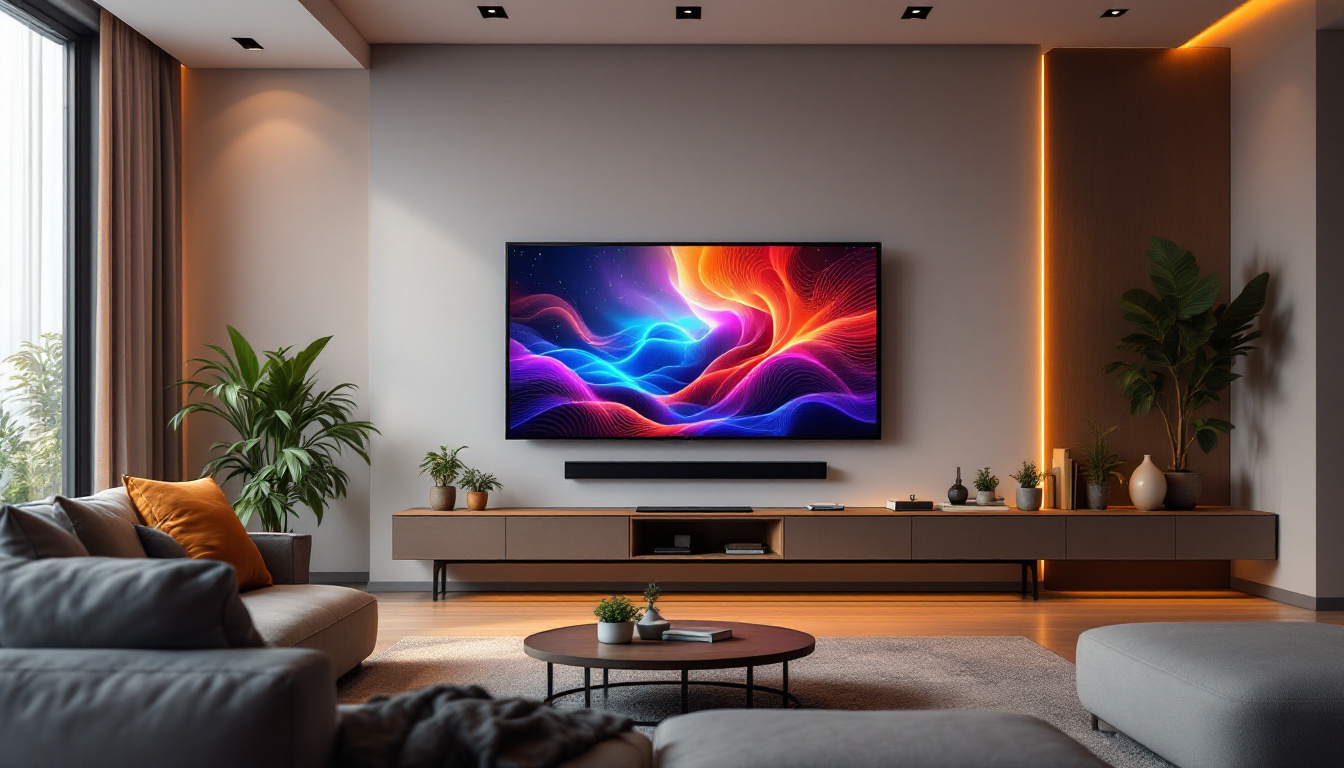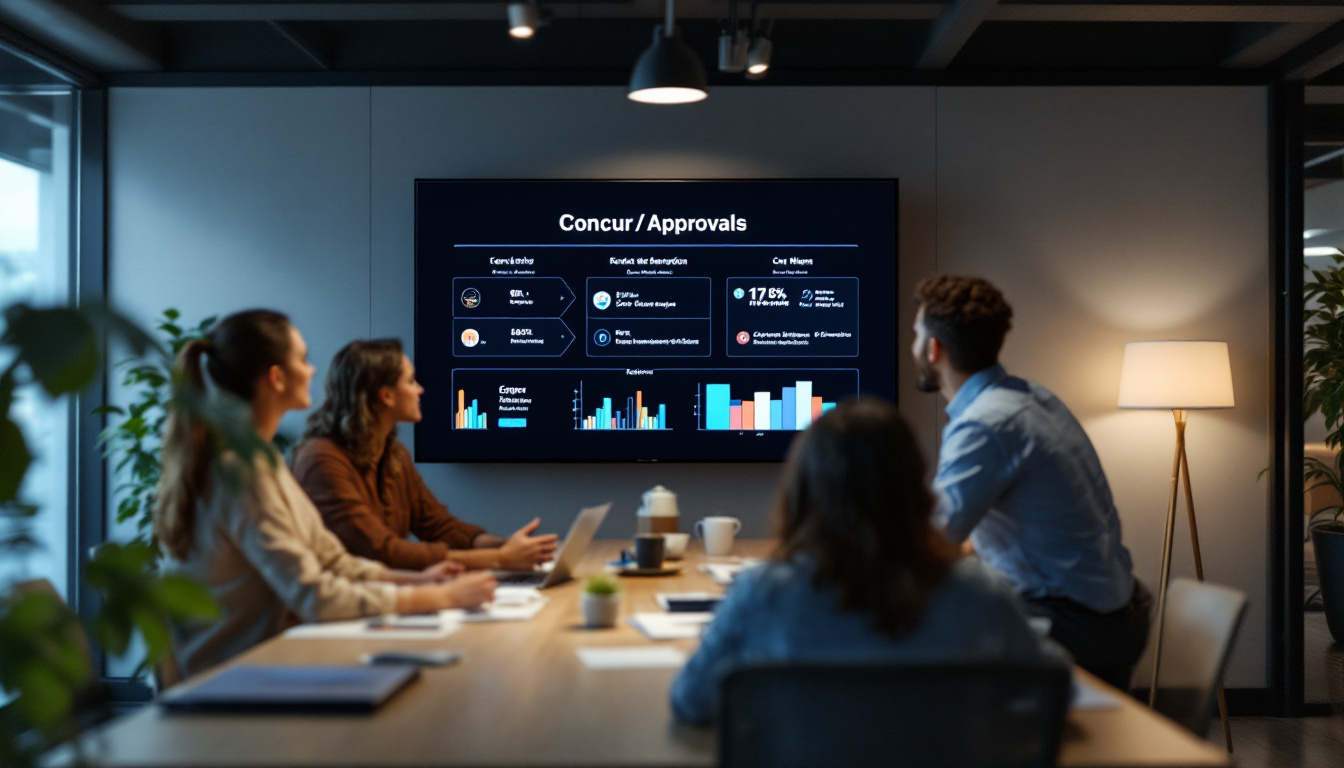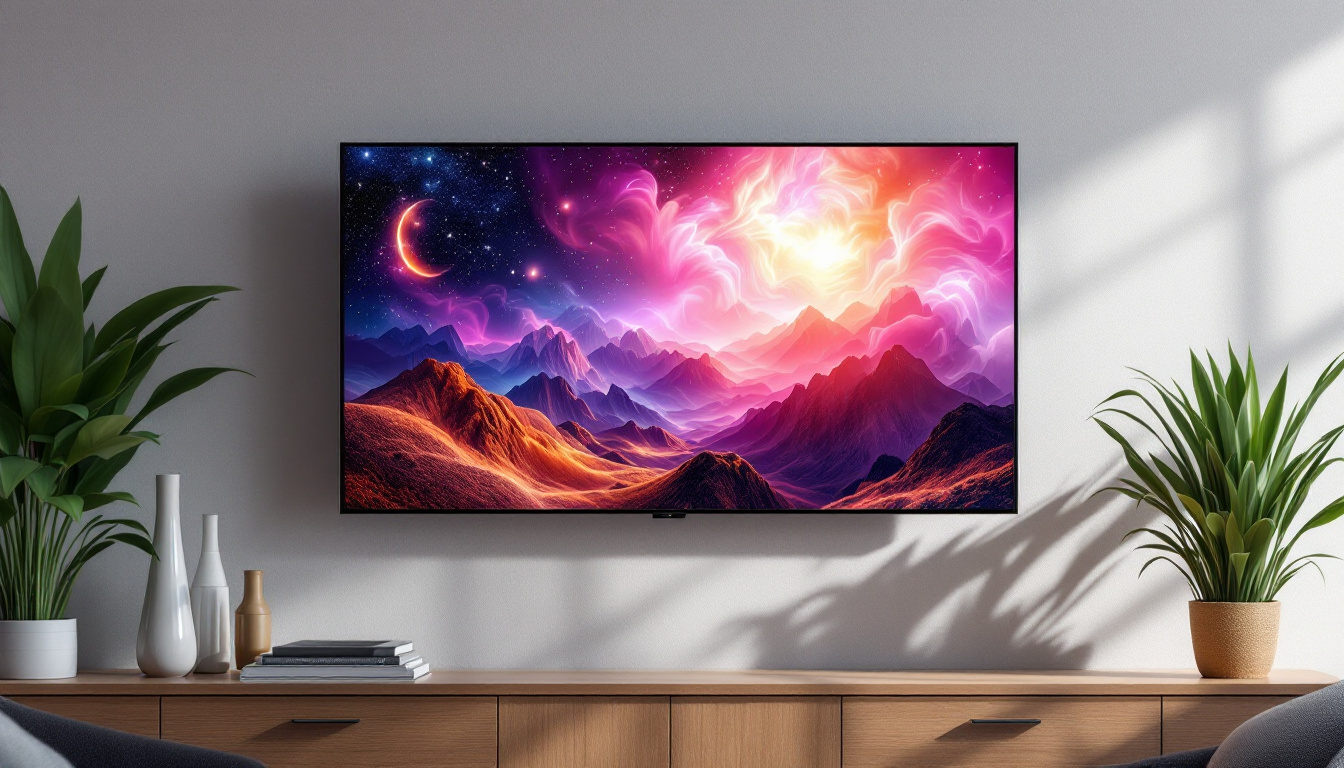In the world of visual technology, LED displays have emerged as a transformative force, revolutionizing how information is presented and consumed. From large outdoor billboards to sleek indoor screens, LED technology has become ubiquitous across various industries. This article delves into the intricacies of LED displays, exploring their components, functionality, and applications.
Understanding LED Technology
LED, or Light Emitting Diode, is a semiconductor device that emits light when an electric current passes through it. This technology has evolved significantly since its inception, leading to the development of vibrant and efficient displays that are used in countless applications today. From the bright screens on our smartphones to the large-scale digital billboards lining city streets, LEDs have transformed the way we interact with visual media.
The Basics of LED Functionality
At its core, an LED display consists of numerous individual diodes arranged in a grid-like pattern. Each diode can emit red, green, or blue light, which can be combined in various intensities to produce a full spectrum of colors. This RGB (Red, Green, Blue) model is fundamental to how images and videos are displayed on screens. The precision with which these colors can be mixed allows for the creation of millions of hues, enabling a rich visual experience that can be tailored to the content being displayed.
The brightness and clarity of LED displays are largely attributed to their ability to control the intensity of each diode. By adjusting the current flowing through each LED, manufacturers can create stunning visuals that are both vibrant and energy-efficient. Moreover, advancements in LED technology have led to the development of features such as dimming capabilities and adaptive brightness, which enhance viewing experiences in varying lighting conditions. This adaptability not only improves user experience but also contributes to energy savings, making LEDs a sustainable choice for modern display technology.
Types of LED Displays
LED displays can be categorized into several types, each designed for specific applications. The most common types include:
- Direct View LED Displays: These displays are made up of individual LEDs that form the entire screen. They are often used for large outdoor advertising and digital billboards. Their high brightness levels and weather-resistant designs make them ideal for visibility in direct sunlight and various environmental conditions.
- LED-Lit LCD Displays: These utilize LED backlighting to enhance the brightness and color accuracy of traditional LCD screens. They are widely used in televisions and computer monitors. The use of LED backlighting not only improves picture quality but also allows for thinner and lighter screen designs, catering to the demand for sleek and modern aesthetics in consumer electronics.
- Organic LED (OLED) Displays: A more advanced technology, OLED displays use organic compounds to emit light. They offer superior contrast and color depth, making them popular for high-end televisions and smartphones. OLED technology allows for true blacks, as individual pixels can be turned off completely, resulting in a level of detail and richness that is unmatched by traditional LED displays.
In addition to these common types, there are also specialized LED displays designed for niche applications, such as transparent displays for retail environments and flexible LED panels that can be shaped to fit unique spaces. The versatility of LED technology continues to inspire innovation, leading to new possibilities in design and functionality. As we move forward, the integration of smart technology with LED displays is set to revolutionize how we interact with our screens, paving the way for immersive experiences that blend the digital and physical worlds seamlessly.
Key Components of LED Displays
Understanding the components of LED displays is essential for grasping how they function. Each part plays a critical role in delivering high-quality visuals.
LED Modules
LED modules are the building blocks of an LED display. Each module contains a specific arrangement of LEDs, typically in a matrix format. The size and configuration of these modules can vary based on the display’s intended use. For instance, outdoor displays often have larger modules to ensure visibility from a distance, while indoor displays may feature smaller modules for higher resolution. Additionally, these modules can be designed with different pixel pitches, which refers to the distance between the centers of two adjacent pixels. A smaller pixel pitch results in a denser arrangement of LEDs, allowing for sharper images and finer details, making them ideal for close viewing environments such as shopping malls or conference rooms.
Control Systems
The control system is the brain of the LED display. It processes the incoming video signals and translates them into commands that dictate how each LED should behave. This system is crucial for synchronizing the display with the content being shown, ensuring that images and videos are rendered accurately and in real-time. Modern control systems often incorporate advanced features such as color calibration and brightness adjustment, which help maintain visual consistency across the entire display. Furthermore, some systems allow for remote management and monitoring, enabling operators to troubleshoot issues and make adjustments without needing to be physically present at the display’s location, thus enhancing operational efficiency.
Power Supply
LED displays require a reliable power supply to function effectively. The power supply not only provides the necessary voltage and current but also regulates the power to ensure consistent performance. High-quality power supplies are essential for maintaining the longevity and reliability of the display. Additionally, many LED displays are designed with redundancy in mind; they may include multiple power supplies that can take over in case one fails, minimizing downtime and ensuring continuous operation. This is particularly important for large-scale installations, such as stadiums or public squares, where any interruption could significantly impact the viewer experience.
Advantages of LED Displays
LED displays offer a myriad of advantages over traditional display technologies, making them a preferred choice in many scenarios.
Energy Efficiency
One of the standout benefits of LED technology is its energy efficiency. LED displays consume significantly less power compared to traditional LCD or plasma displays. This not only reduces operational costs but also minimizes environmental impact, making them a sustainable choice for businesses and organizations.
Brightness and Visibility
LED displays are known for their exceptional brightness levels, which make them highly visible even in direct sunlight. This characteristic makes them ideal for outdoor advertising, where visibility is crucial. Additionally, the high contrast ratios of LED displays enhance the clarity of images and videos, providing an engaging viewing experience.
Longevity and Durability
LED displays are built to last. With a lifespan that can exceed 100,000 hours, they significantly outlast traditional display technologies. Their robust construction also makes them resistant to shock and vibration, reducing the likelihood of damage in high-traffic environments.
Applications of LED Displays
The versatility of LED displays allows them to be utilized in a wide range of applications across various industries.
Advertising and Marketing
One of the most prominent applications of LED displays is in advertising. Digital billboards and signage have become a staple in urban environments, capturing the attention of passersby with dynamic content. Advertisers can easily update their messages in real-time, allowing for targeted campaigns that can adapt to changing circumstances.
Entertainment and Events
In the entertainment industry, LED displays are used for concerts, sports events, and festivals. Large-scale LED screens enhance the audience experience by providing clear visuals from a distance. Additionally, they can be programmed to create stunning visual effects, adding an extra layer of excitement to live performances.
Corporate and Educational Settings
LED displays are increasingly being adopted in corporate environments for presentations and meetings. Their ability to display high-quality visuals makes them ideal for conveying information effectively. In educational settings, LED screens facilitate engaging learning experiences, allowing for interactive presentations and multimedia content.
Challenges and Considerations
While LED displays offer numerous benefits, there are challenges and considerations that potential users should keep in mind.
Initial Costs
The initial investment for LED display technology can be relatively high compared to traditional display options. However, it is essential to consider the long-term savings on energy costs and maintenance, which can offset the initial expenditure over time.
Maintenance Requirements
Although LED displays are generally durable, they still require regular maintenance to ensure optimal performance. This includes cleaning the screens, checking connections, and updating software. Implementing a maintenance schedule can help prolong the lifespan of the display and maintain its visual quality.
Environmental Factors
Outdoor LED displays are subject to environmental conditions such as weather, temperature fluctuations, and humidity. It is crucial to choose displays that are designed to withstand these elements, ensuring reliable performance regardless of the conditions.
The Future of LED Displays
The future of LED display technology is bright, with ongoing advancements promising even more innovative applications and improved performance.
Emerging Technologies
As technology evolves, so does the potential for LED displays. Innovations such as microLED and flexible LED screens are paving the way for new possibilities. MicroLED technology offers higher resolution and better energy efficiency, while flexible displays can be bent and shaped to fit unique environments.
Integration with Smart Technology
The integration of LED displays with smart technology is another exciting development. With the rise of the Internet of Things (IoT), LED displays can be connected to networks, allowing for real-time data sharing and content updates. This capability enhances the interactivity and responsiveness of displays, making them even more valuable for businesses and organizations.
Environmental Sustainability
As sustainability becomes a priority for many industries, LED technology is adapting to meet these demands. Manufacturers are focusing on creating displays that are not only energy-efficient but also made from recyclable materials. This shift towards greener technology is essential for reducing the environmental impact of electronic waste.
Conclusion
LED displays have fundamentally changed the landscape of visual communication, offering unparalleled brightness, energy efficiency, and versatility. As technology continues to advance, the potential applications for LED displays will only expand, making them an integral part of modern life. Understanding the components, advantages, and challenges of LED displays is crucial for anyone looking to leverage this technology effectively. Whether for advertising, entertainment, or corporate use, LED displays are poised to remain at the forefront of visual innovation for years to come.
Explore Cutting-Edge LED Display Solutions with LumenMatrix
Ready to elevate your visual communication with the latest in LED display technology? Discover LumenMatrix’s innovative solutions, from vibrant Indoor and Outdoor LED Wall Displays to dynamic Vehicle and Sports LED Displays. Whether you’re looking to captivate with a Floor LED Display, make a statement with a Custom LED Display, or streamline with an All-in-One solution, LumenMatrix has you covered. Experience the future of digital signage with our LED Transparent Displays and revolutionize how you engage with your audience. Check out LumenMatrix LED Display Solutions today and transform your brand’s visibility with unparalleled clarity and impact.

